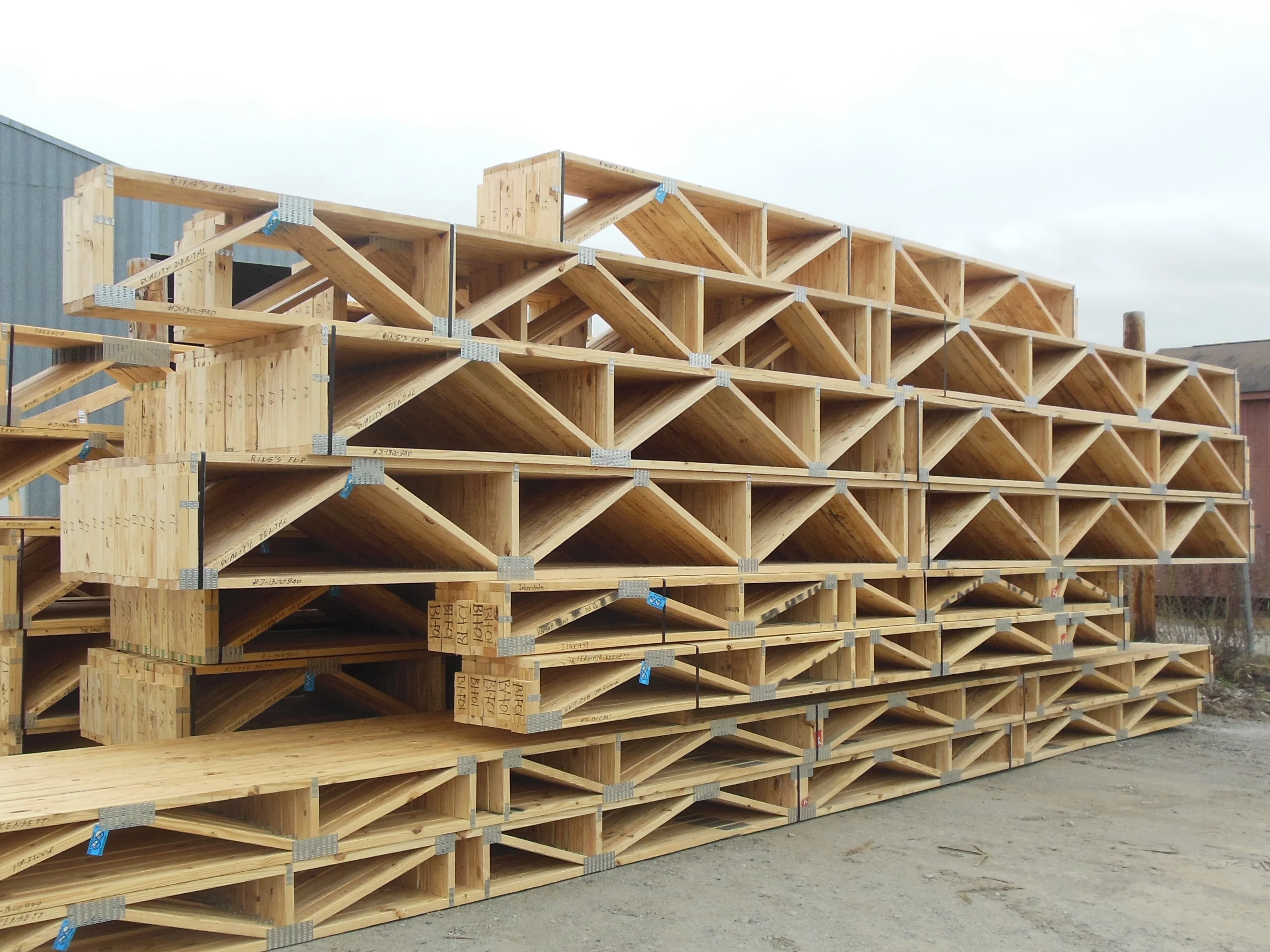The book Thinkertoys by Michael Michalko is one of those business books that is so full of great ideas, you feel like taking action on many of them as soon as you read them. One of them is called “Phoenix.”
Say you have a problem, a really serious problem within the organization. What to do? How to approach it? According to Michalko, The Central Intelligence Agency (CIA) developed a series of questions designed to drill down into problems, in part to make sure that a problem is looked at from many different angles. The list of questions presented here should not be viewed as “the last word,” but rather “yours to improve.”
Getting you mind wrapped around this technique may be more effective if you consider for a moment a problem – a tough one – that you face. Write it down so that it is clear what exactly you are saying the problem is, not something vague. Now, answer these questions about the problem:
The Phoenix Checklist
1. Why is it necessary to solve the problem?
2. What benefits will you receive by solving the problem?
3. What is the unknown?
4. What is it you don’t yet understand?
5. What is the information you have?
6. What isn’t the problem?
7. Is the information sufficient? Or is it insufficient? Or redundant? Or contradictory?
8. Should you draw a diagram of the problem? A figure?
9. Where are the boundaries of the problem?
10. Can you separate the various parts of the problem? Can you write them down? What are the relationships of the parts of the problem? What are the constants of the problem?
11. Have you seen this problem before?
12. Have you seen this problem in a slightly different form? Do you know a related problem?
13. Try to think of a familiar problem having the same or a similar unknown
14. Suppose you find a problem related to yours that has already been solved. Can you use it? Can you use its method?
15. Can you restate your problem? How many different ways can you restate it? More general? More specific? Can the rules be changed?
16. What are the best, worst and most probable cases you can imagine?
Presumably your brain has been exercised by this process, but I think this approach works even better when done by a team. The idea is to harass the problem so much, that it “gives up its secrets” and becomes easier to deal with. In a group setting you could write the answers on big sheets of white paper and attach them to the walls as you work through the questions. This way people looking around the room could continue to keep coming back to what has already been said, letting the information soak in by repetition. Seeing different aspects of the problem side by side may cause a flash of insight or realization.
Now that the problem has been identified, how about a plan to deal with it? Here is another set of questions designed to uncover the solution or solutions:
The Plan
1. Can you solve the whole problem? Part of the problem?
2. What would you like the resolution to be? Can you picture it?
3. How much of the unknown can you determine?
4. Can you derive something useful from the information you have?
5. Have you used all the information?
6. Can you separate the steps in the problem-solving process? Can you determine the correctness of each step?
7. What creative thinking techniques can you use to generate ideas? How many different techniques?
8. Can you see the result? How many different kinds of results can you see?
9. How many different ways have you tried to solve the problem?
10. What have others done?
11. Can you intuit the solution? Can you check the result?
12. What should be done? How should it be done?
13. Where should it be done?
14. When should it be done?
15. Who should do it?
16. What do you need to do at this time?
17. Who will be responsible for what?
18. Can you use this problem to solve some other problem?
19. What is the unique set of qualities that makes this problem what it is and none other?
20. What milestones can best mark your progress?
21. How will you know when you are successful?
As with so many things, the time and effort invested in the process will have a lot to do with the value derived. But it seems like a good methodical approach to solving problems. Asking good questions, and constantly striving for better questions, seems an unbeatable approach to dealing with problems as opposed to living with them.
MiTek has a couple of safety videos, built around the equipment we sell. One video is on saw safety, the other on truss production. Both are short (around 10 minutes) and are a great way to begin a safety meeting. I’ve taken some of the highlights from the truss production video and incorporated them into this article.
Restricted Zone
One of the best concepts of the Roof Truss Safety video is the concept of the Restricted Zone (also sometimes called the Safety Zone.) This is the area in and around the tables and conveyors, and extends to “far enough away from the production area such that no object (gantry head or truss) could possibly touch it." This is seen in yellow in the picture below. The Restricted Zone idea is a helpful concept for building awareness among plant workers. Whereas it is difficult for anyone to remember a long list of “do’s and don’ts, if the area defined as the Restricted Zone is clear in everyone's mind, it is easier to reinforce the basic concept – “Think when you enter this zone, you must be keely aware of what’s going on around you.”
Rules for the Restricted Zone
The video suggests everyone must be out of the Restricted Zone whenever equipment or product is moving. Note that the conveyors are just as much 'in the Zone' as the tables are. No one is to be on, between or under the equipment while it is moving. Further, the gantry operator is responsible for making sure his entire crew is out of the Zone before starting the gantry head. Each member of the crew is just as responsible for notifying the rest of the crew, particularly the gantry head operator, when entering the Zone. Awareness of the Restricted Zone can be reinforced if people use the term enough. Teaching the crew to call out to the lead person, "Entering the Restricted Zone!" when they are, in fact, entering it, is one way to do it. People are important, but care should also be taken that no equipment, such as carts or building materials should be within the Zone prior to machinery operation.
Other Important Safety Reminders
Never get your hand, limb, hair, or clothing near the gantry head or turning roller
Never use a piece of equipment for a purpose for which it was not designed
Equipment should not sit in or be surrounded by standing water
Never wear loose clothing, dangling necklaces, or large jewelry or permit long, flowing hair when operating or maintaining any equipment
Always of activate the emergency stop (the "estop") before working on a piece of equipment
A Purpose for Which It Was Not Designed
One example of a "purpose for which it was not designed" was the practice of hand feeding small trusses, such as jacks, into finish rollers. The potential for harm seems obvious enough. If this is ever done at your plant, consider at least training the crew to use a board to push the truss forward, rather than holding the truss with their hands in order to feed it into the roller.
The JLC Show is a great opportunity to talk to framers and carpenters. Sometimes I get an entirely new perspective on products that I think I already know something about. For example, I always considered the open web design of floor trusses a big plus for accommodating the trades that will work around the structural components. Then, I talked to one framer who said he thought I-beams are more flexible for the trades because you can “freelance” with them – meaning you can cut wherever you want (more or less) to accommodate your pipes or duct work or whatever else you’re working on. If that’s a general perception, then in my book, that’s two points for I-beams… less expensive and you can “freelance” with them.
Cutting in the Field
I said to this framer, “Well, true, you can cut more or less wherever you want to, but you actually have to do the cutting, don’t you? With floor trusses – there’s no need to cut anything.” His reply: “I don’t have to do the cutting – it’s all those other trades that have to worry about that.” At that point I considered how significant the opinions of electricians or plumbers was in the decision of what kind of floor system to use. Not very, I thought. Well, what might make floor trusses “better?”
A Proposal
What would happen if every time anyone went to a job site using floor trusses they were able to see right through the entire system because all the webs were aligned? Not just some floor truss jobs, but EVERY job. What if using floor trusses meant “every web (possible) is aligned throughout the floor system – always.” What if the product came to be defined not just an “open web product,” but defined as always being an entire system designed to promote the freest access possible, with no cutting? If trusses are going to be considered a “premium” product anyway (price-wise), why not take the trouble to really differentiate the product – emphasizing what that product does best? If every time a builder ordered a floor truss job, he could be assured that he could walk the site after installation and look right through the floor system and see everything aligned, do you think that might influence him to order them more often? Once the trades came to understand that floor trusses meant “clear sailing,” do you think they might be willing to bid their work at lower cost than on a job where they knew they would have to cut holes through dozens of I-beams?
You Could Go it Alone, Too
Although I like the idea of the truss manufacturers of a given area getting together and agreeing to “all pitch in” and make this proposal a reality, you could ‘go it alone’ for now and offer a floor truss system that is “Certified ‘Clear Sailing’” – certifying to the consumer that your floor truss job has all the webs aligned as much as possible. Although this could be a differentiator, I think the greater value would be the ‘collective’ promotion of the product itself when everyone gets on board.
Although today there is a considerable amount of design work needed to create a “clear sailing” floor system, it needn’t always be this way. The past ten years has seen $100’s of thousands of dollars invested in software tools to automate wall panel design – blocking, stud alignment, customization of junctions, etc. Given enough interest on the part of component manufacturers, tools to automate ‘clear sailing’ floor systems could be the next ‘big thing.’



